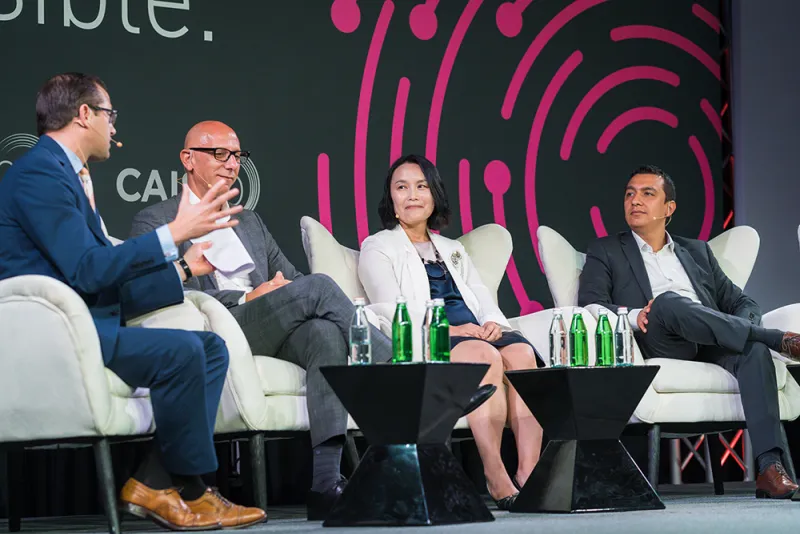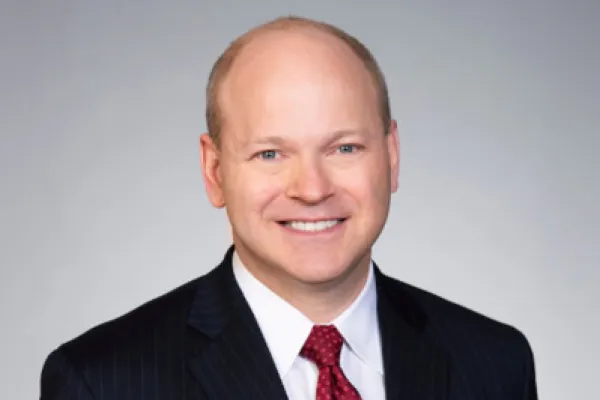The high-performing investment organization responsible for the Canadian Pension Plan uses machine learning to not only assess its portfolio, but also to forecast markets.
“I think natural language processing is amazing,” CPPIB’s Ju Hui Lee said Friday at the Cayman Alternative Investment Summit. “We use natural language processing to try and predict growth in countries’ markets.”
Analysts at the C$410 billion ($307 billion) fund applied the technology to process papers from the International Monetary Fund, according to Lee, and “took the conclusions into account” in setting its investment strategy.
[II Deep Dive: The Power of Social Media in Predicting Stock Returns]
CPPIB’s performance analytics unit also uses machine learning to identify macro, alpha, and beta factors underlying asset returns, she said.
Lee, an investment actuary, works in CPPIB’s portfolio design group on factor studies, asset-liability analysis, and design of the plan’s benchmark or reference portfolio, according to her conference biography.
Canada’s major public pension investment arms resemble private sector asset managers more so than they look like their often-understaffed U.S. counterparts. CPPIB, for example, operates nine offices globally, with teams in London, New York City, Mumbai, Sydney, São Paulo, and more.
Institutional allocators applying machine learning tend to have abundant resources and big payrolls, as CPPIB does.
Lee’s comments were prompted by panel moderator John Bowman bringing up “the arms race in AI,” and Japan’s $1.54 trillion Government Pension Investment Fund building an algorithm to monitor managers for style drift.
But even for the likes of CPPIB, applying machine learning techniques effectively requires patience. “We can complain over and over that you spend 70 percent of your time cleaning the data before you can do the analysis,” Lee said. “Humans need to analyze and decide what’s trustable and what’s not.”
Cutting-edge technologies have been on the organization’s radar for some time, CEO Mark Manchin suggested in November 2018.
“Artificial Intelligence, machine learning, the explosion in automation, vast amounts of data, the internet of things, the rise of fintech, the move to autonomous vehicles…the list goes on,” Manchin said during a post-speech interview at the Canadian Club in Toronto. “At CPPIB, we have an obligation to analyze how these technologies are disrupting specific industries that may affect our investments not only today but decades ahead.”






